Member postings for Bob Mc
Here is a list of all the postings Bob Mc has made in our forums. Click on a thread name to jump to the thread.
| Thread: Myford or Atlas lathe ? |
| 11/06/2022 21:30:58 |
Hi Rich.. Although I only have the Atlas 10F and a Myford S7, after reading through Tony's Lathes website on the 12" Atlas I should imagine there is no appreciable difference apart from the Atlas has got a greater swing and what is of much greater importance is that it also has a bigger spindle bore, something I miss using the S7. To even things up I am assuming the Atlas and Myford both have the gearbox fitted... rgds..Bob. |
| Thread: Early Super 7 |
| 01/06/2022 18:22:45 |
Hi Ray, I have recently finished a refurb on a Myford S7, this model was manufactured in 1964 and I believe is a mk2 version. See forum posts 'Myford Super 7 for £395 at SRS' I did extensive work on the saddle & apron, luckily the rack & pinon were in good order but after repairing the bed and saddle the fitting of the apron to the saddle was now lower than previously, and the right thickness shims had to be fitted at the interface of these two components to put the pinion in correct mesh with the rack. I don't know what you mean by 'bushing' .. my interpretation is that a bush is a cylindrical collar but may mean something else to others. If both the rack & pinion are worn I can't see any way out of it but replacement of these parts however if the two are not in close contact it can feel as if they are worn and with some adustment of apron to saddle can be put back to a working situation, probably if worn there will be some backlash but I should imagine there would always have been an amount of backlash present even in the new item. This was the apron prior to cleaning up the shim should ideally fit along the edge facing. As Dave has mentioned a picture of the rack & pinion would give a better idea of the problem. rgds..Bob. |
| Thread: Myford Super 7 at SRS for only £395 |
| 12/05/2022 20:22:48 |
Hi all again... Belated thanks for clearing that up Duncan.. Just a note in case anyone else has had this problem.. The lathe is doing quite well and I took Hoppers advice and fitted a switch to change the rotation of the induction motor as I am in the process of making an experimental delrin leadscrew clamp, however I noticed when manually moving the saddle using the leadscrew handle that there was a definite heavier drag when taking the saddle towards the tailstock end. After taking the apron apart I found that the top leadscrew clamp gib adjustment screw... (the one hidden under the leadscrew protection cover top screw)... was not pushing the gib in, consequently only the bottom half of the gib was making contact with the clamp dovetail. Further investigation showed that the 2BA thread for the screw had not been cut all the way through so it was doing nothing... Problem solved. Bob. |
| 06/05/2022 14:08:13 |
I will be having a look at Duncans suggestion of a contactor..., Phil asks about costs and I must say I had a few lucky streaks ... first SRS seemed to have forgotten about delivering the beast and when I contacted them they were most apologetic....and more importantly waived the delivery charge..! The next lucky break was the topslide and cross slide handles/threads and bits, which were completely locked up with rust, and looking on ebay both were being advertised for £50....and in quite good condition..so that was a done deal.. The leadscrew was around £45, but delivery about £40 ... not so lucky on that one ... I realised afterward that by using the un-threaded half of the original LS which fits into the change wheel housing I could have gotten away with a shorter length of purchased Acme thread and perhaps got a better delivery option. The paint and thinners was around £40 and this is the replica Myford paint ... I hardly used a 1/3 of it .. and if I were to do it again I would go for ordinary spray paint. The belts were from Myford at about £14 I think but I could have probably gotten cheaper ones, however they were the proper ones advertised so no messing about. Well all in all it comes out as a Super 7 with new leadscrew and a complete overhaul at ~£600 ... I don't know if that is a bargain or should have just bought a refurbished one, at least I know its in good order .... and to be honest it has kept me entertained for a couple of months and was a project I have always wanted to have a go at. To sum up... I knew I was taking a big risk with this and I was lucky that the bed was in reasonable condition and had not been re-ground, my advice if you are thinking of having a go is to try and see the item itself in person. Now what the ... am I going to do with two lathes...! rgds... Bob.
|
| 06/05/2022 10:11:13 |
Thanks again Hopper & all... I think I have just about covered it now, there are a couple of things to do but I am already thinking of my next project... I did have thoughts of making a minature version of this lathe ... I saw one on i/net some time ago and it looked amazing and claimed to be a working model... well its a thought anyway and I have got all the details at hand! So just a couple of pics to show what it was like and as it is now.. Thanks...Bob. |
| 05/05/2022 12:19:56 |
Thanks again Hopper... I didn't know about the flaking...but am going to give it another look over when it gets bedded down, thanks for lettering idea....I have an aversion to painting brought on by a certain person constantly nagging me to do some decorating. Motor.. The motor looked as rusty as the rest of the lathe but the suppliers SRS had given it a PAT test with certificate and it did run but it had a problem as it kept re-starting, I took it apart anyway.....the starter switch has a centrifugal mechanism which was jamming, a good clean up and a bit of grease sorted it out although be aware that the grease could fly off into the switch if overdone. The capacitor box was a bit bent but the cappi looked perfectly ok so re-bashed the box and sand blasted ... it was a bit dire... and made a gasket out of some thin leather I had hanging around. Gave it a good clean up and re-painted...now starts up and keeps up quietly....forgot to take picture of the done job, you might be able to see a bit of it in the completed photos. I was surprised to see that someone with forethought had put a note in the connection box showing how to reverse the motor...thats a great thing to do although could have mentioned that chuck might fly off. This is what it looked like. The connection box. |
| 04/05/2022 17:28:48 |
Thanks Hopper... I got my Acme thread from Kingston Engineering services...Hull ... would ask if you could have your own courier as their charges seemed a bit over the top... Phil...yep I am a bit lax in the paint department, will get round to doing the lettering one day.. Headstock spindle. The front bearing is cone shaped rotating in a bronze bush, on examination I noticed that there were defininte 'ripples' along the surface of the cone, not easily seen but could be felt with finger running along it, there was also a raised portion at the front end where the bronze bush ended its connection with the cone. I tried to feel if there were the same ripples on the bronze bush but to my surprise it didn't appear to have any problems. Putting the spindle in the lathe is quite easy, I fitted an M2 - M1 adaptor and the open end of the M1 used with a live tailstock centre. I used a flat stone to take off the raised section and again on the cone area with the spindle rotating at a slow speed, the stone was moved against the bearing cone area to and fro and with a constant supply of lubricant in the form of white spirit. The theory being that the form of the cone would be preserved so long as the stone was kept held in place by hand with equal pressure over the surface whilst sliding the stone, I had looked into the process of lapping and the question of embedded particles should not be a problem with hardened steel. A good washing in hot soapy water then ensued, I also used an ultrasonic cleaner but I don't think it necessary. The next stages of lapping required using emery on a flat steel bar going down in grit size, and the same processes repeated. Finished off with Brasso on a cloth and got a nice shiny finish. Testing the bearing in the bronze bush with blue and turning 1/4 turn showed a complete surface connection. On running the lathe when completed everything appears to be running true and free. I will at some time be having a look at the bearing again to make sure everything is ok. Some pics below.
|
| 04/05/2022 12:09:42 |
Leadscrew problems. I found a supplier for the Leadscrews 8tpi Acme thread and the plan was to purchase only the length of the threaded part needed, this is about 3ft long, the un-threaded end which fits into the bearings at the headstock end is ~18 inches long, and as there was nothing wrong with this part of the original bar I decided to cut it off and use it. This saved me quite a bit of cash as the purchased piece of acme bar was not only 18 inches shorter but I wouldn't have to turn down this long length which would be quite wastefull. The main problem being centreing up the original un-threaded length to the new Acme bar, which after much preparation was accomplished by machining the original un-threaded end and the Acme thread so as to fit a prepared socket concentrically; use of the Elephants foot and the four jaw are essential to this operation. Another problem raised its head when I examined the purchased Acme thread, it had a 20 thou bend over its length, this would have to be sorted out and after much head scratching I decided to fit the bars together and use a method I had already used for my Atlas lathe leadscrew which was just a stainless steel threaded rod with a similar problem. So with the bars fitted together and assembled to the lathe bed I used my method of precision bending which removed all traces of the bend. I think the problem of bending when a long bar is threaded is caused by stresses in the material being removed which would normaly keep the bar straight...well that's my opinion, nevertheles the result of the excercise is that the leadscrew is quite straight and does not give any indication of lateral motion when driving the saddle. The machining of the Acme threaded part for the handle fitting and its associated threading for the nut requires the Acme bar to be supported externally to the left of the headstock to minimise any whipping about. This was a consideration I made in setting up the workshop originally, to put the press drill to the left of the lathe so that any long bar material could be supported with the drill table being adjustable for height. Fitting the two bars together. Bar being supporded with drill table.
|
| 03/05/2022 14:34:07 |
Thanks Phil, Dave, Hopper, Pete.. ..posts very much appreciated. It can sometimes be a daunting task to make decisions that could be very costly mistakes, the leadscrew is one example where I just had to bite the bullet and go. When I examined the leadscrew it was part rusted up, and not worn enough to be un-useable but not really what I wanted; the other problem was that the handle end was slightly bent, which probably occurred during delivery, I put the leadscrew in my Atlas lathe and tried to correct it. Yep... I managed to get it straight using a number of supporting blocks and a G clamp...however I was not happy, I decided a new one was required..... I looked for a new one but there were no S7 leadscrews available as new...other Ls's for the ML's may have fitted but when I saw the price...!! I can't remember exactly as my mind did a somersault ... think it was about £300 ...!! and that is without delivery, ....! Some pics of old leadscrew being investigated. The leadscrew removed, if you look closely the name of the company it came from is 'Holpack' .. I think it might be an American company? anyone know..? Rust on LS .
Handle end bent... |
| 03/05/2022 10:29:14 |
Back to to pulley Dept... re-fitted and new belts. Other side.. |
| 03/05/2022 10:24:37 |
Thanks Pete, Phil, Hopper... Yes I don't know what it is about curvy features that have given me great pleasure over the years.... anyway as I was saying.... The Pulley Department next.. I took the whole clutch assembly apart to get to the pulleys, later on I thought to read any write ups on the clutch mechanism... I can't remember where it was written now but there was a dire warning about removing the clutch spring which can be a lethal excercise....too late now and I began to wonder how the blazes was I going to get it all back together. I solved the problem by making a fitting to clamp over the end of the clutch spindle, this allowed me to force the spring whilst screwing the grub screw on the other end, it is a 22mm brass plumbing end stop cap just opened out a little to fit over the spindle, the end plate tapped and a bolt fitted which would force the spring down, worked a treat... pic of fitting. |
| 02/05/2022 20:08:37 |
Thanks again Peter, I would indeed like to be educated in the art of scraping, unfortunately I live in Cheshire so thats a bit too far for me! I will now press on with the post and show the refurbishment of the pulleys...and a few pics of the lathe again, I don't know what it is about the old Myford but they have a pleasing curvy shape unlike the new lathes of today which to my mind look like that could have been bolted together from sheet steel. You may notice my on-off switch housing which I thought would complement the rounded change wheel casing, the one thing I am looking for is a 'snubber' circuit since there is a definite electrical flash when the switch is turned off.....anyone point me in the right direction..? it has to switch off the induction motor. Pulleys.. cleaning up. |
| 02/05/2022 18:41:35 |
Thanks again Peter for your post which is much appreciated as this project was at about the limit of my engineering abilities and equipment. I did make a custom fixture for the milling operation and supported the saddle using the two surfaces of the cross-slide, hopefully this would not have put too great a stress that would bend it out of shape whilst milling. I used the saddle/apron interface as a datum surface which was the only surface available to set the work up on, I was contemplating scraping the surfaces after but opted for a stoning as my understanding of having a scraped surface is that a flat surface is needed to bear against it.. The motion of the saddle on the ways is quite smooth and there does not appear to be any rocking, or lateral movement with the gibs set up. Again your advice is much appreciated and if there are any anomalies I would rather it be picked up now before I set the lathe on a solid foundation. Milling set up.. |
| 02/05/2022 17:31:30 |
Thanks for your post Peter, Yes I did actually stone the underside of the saddle, it was one picture I didn't take and I can see your reasoning regarding cross checking. If I understand you correctly the check I made was to blue the ways and move the saddle, I presume that would do the same job?, I also set up the milling operation so that the saddle surface was parallel to the saddle/apron interface surface pic below. |
| 02/05/2022 16:31:18 |
Dear All... I get the impression that my posts are showing that I am still working on the items posted, I can assure you the lathe is 90% finished and . Anyways up...the lathe as it stands at present.
|
| 02/05/2022 16:28:59 |
The L/S clamp handle wanted a good cleanup, a piece of 1/2 inch bar suitably bent and drilled to fit the handle screw was put in the four jaw and set up as centrally as possible, some emery paper and lubricant soon got it looking better than new. As it was.. As it turned out... |
| 02/05/2022 16:08:49 |
Hi Phil... thanks for question.. when the saddle is worn it is the surface that sits on the bedways that is worn; with the bedways flat and the saddle surface worn, the area of contact does not occur over the full area, ie it doesn't 'mate'. In this particular instance the end of the saddle surface nearest the tailstock end was actually 18 thou out, so it had a gap between saddle & bed at that end..... quite a lot out. Here are some pics of apron, this shows the surface that needs milling....nb it ain't like this now! As you can see its in a bit of a state and the Leadscrew clamp handle is quite corroded, so I fashioned a jig to hold it in my Atlas lathe to give it a good cleanup. Pictures in next post.
|
| 02/05/2022 12:07:39 |
Bob Mc. Myford restoration...Saddle. Thanks again Hopper & ega your comments much appreciated.. I should have said something to Twf who posted on the 06/04/22, it looks like the ML7 had similar problems to mine, would liked to have seen the final result . So I looked at the Saddle and it was worn at the tailstock end by 8 thou, this measurement was with respect to the saddle ways, in order to measure this I put two precision ground bars on the surface plate and upturned the saddle so that the saddle ways rested on them, then using a dti measured along the slideway. 8 thou is quite an amount and I milled the surface, by the time I had done the actual amount taken off was a little more than intended, the problem this causes along with the scraping of the bed guides is that the saddle will now be lowered so that the rack & pinion may not be in proper mesh along with a possible problem with the leadscrew engagement.
|
| 02/05/2022 10:56:49 |
Bob Mc. Painting...undercoat. |
| 02/05/2022 10:55:43 |
Thanks Hopper... I have read your posts on scraping which is much appreciated and thanks for mentioning the wide guide conversion which I did contemplate doing, however I just wanted to get on with the job and as it happened the guide verticals were in quite good condition...thanks for your knowledge in this area. I have been having problems uploading the posts and it has caused the reply from yourself to come in between what I was about to put in the next posting..with a bit of luck this one may come through. Checking bed guides. |
Want the latest issue of Model Engineer or Model Engineers' Workshop? Use our magazine locator links to find your nearest stockist!
Sign up to our newsletter and get a free digital issue.
You can unsubscribe at anytime. View our privacy policy at www.mortons.co.uk/privacy
- *Oct 2023: FORUM MIGRATION TIMELINE*
05/10/2023 07:57:11 - Making ER11 collet chuck
05/10/2023 07:56:24 - What did you do today? 2023
05/10/2023 07:25:01 - Orrery
05/10/2023 06:00:41 - Wera hand-tools
05/10/2023 05:47:07 - New member
05/10/2023 04:40:11 - Problems with external pot on at1 vfd
05/10/2023 00:06:32 - Drain plug
04/10/2023 23:36:17 - digi phase converter for 10 machines.....
04/10/2023 23:13:48 - Winter Storage Of Locomotives
04/10/2023 21:02:11 - More Latest Posts...
- View All Topics
- Reeves** - Rebuilt Royal Scot by Martin Evans
by John Broughton
£300.00 - BRITANNIA 5" GAUGE James Perrier
by Jon Seabright 1
£2,500.00 - Drill Grinder - for restoration
by Nigel Graham 2
£0.00 - WARCO WM18 MILLING MACHINE
by Alex Chudley
£1,200.00 - MYFORD SUPER 7 LATHE
by Alex Chudley
£2,000.00 - More "For Sale" Ads...
- D1-3 backplate
by Michael Horley
Price Not Specified - fixed steady for a Colchester bantam mark1 800
by George Jervis
Price Not Specified - lbsc pansy
by JACK SIDEBOTHAM
Price Not Specified - Pratt Burnerd multifit chuck key.
by Tim Riome
Price Not Specified - BANDSAW BLADE WELDER
by HUGH
Price Not Specified - More "Wanted" Ads...
Do you want to contact the Model Engineer and Model Engineers' Workshop team?
You can contact us by phone, mail or email about the magazines including becoming a contributor, submitting reader's letters or making queries about articles. You can also get in touch about this website, advertising or other general issues.
Click THIS LINK for full contact details.
For subscription issues please see THIS LINK.
Model Engineer Magazine
- Percival Marshall
- M.E. History
- LittleLEC
- M.E. Clock
ME Workshop
- An Adcock
- & Shipley
- Horizontal
- Mill
Subscribe Now
- Great savings
- Delivered to your door
Pre-order your copy!
- Delivered to your doorstep!
- Free UK delivery!
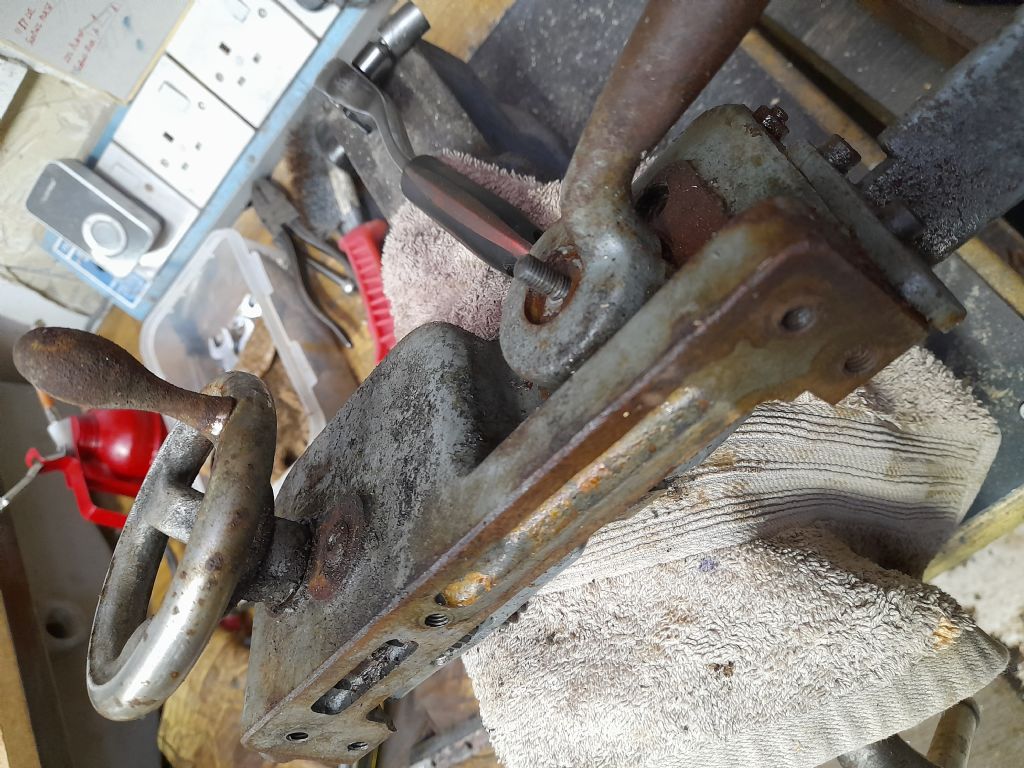

 pp
pp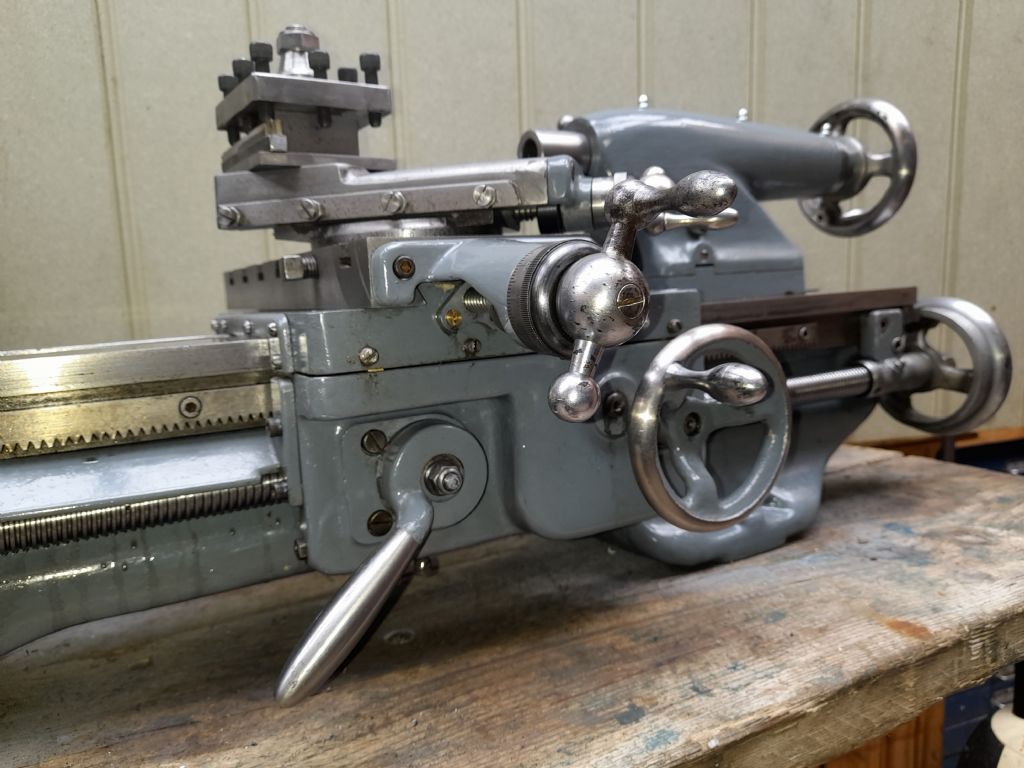
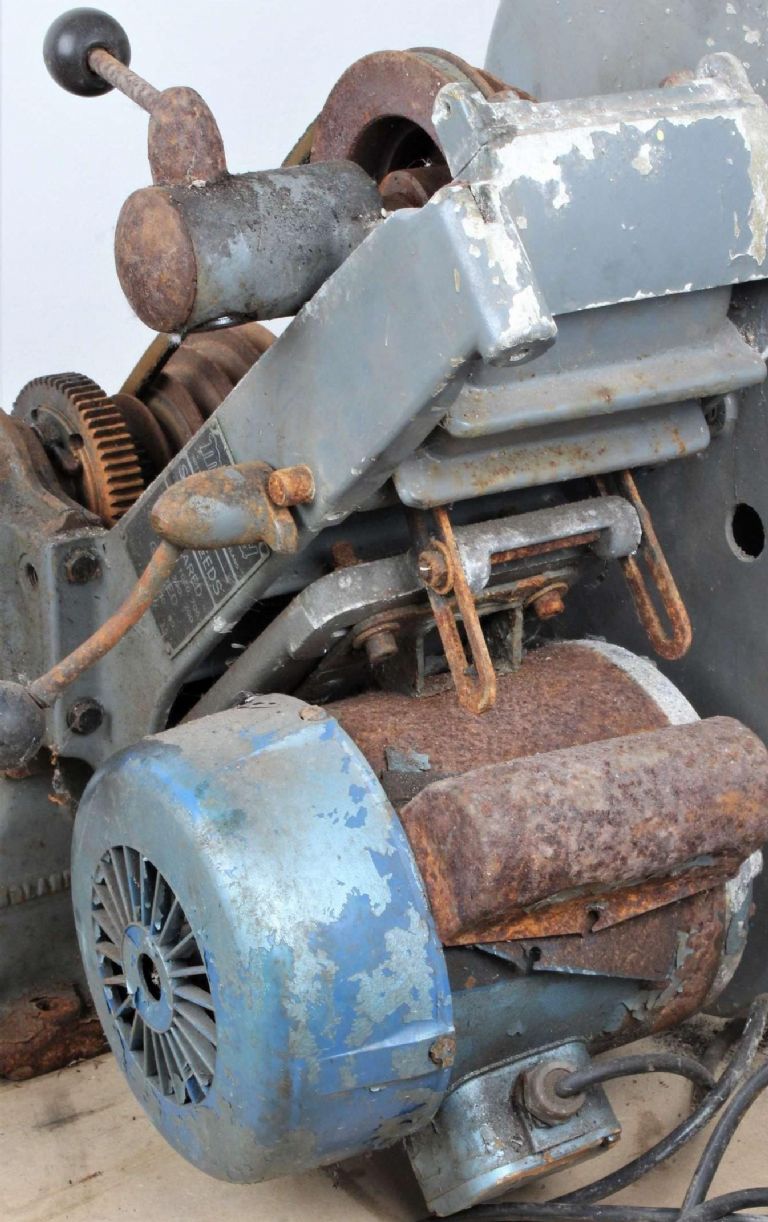
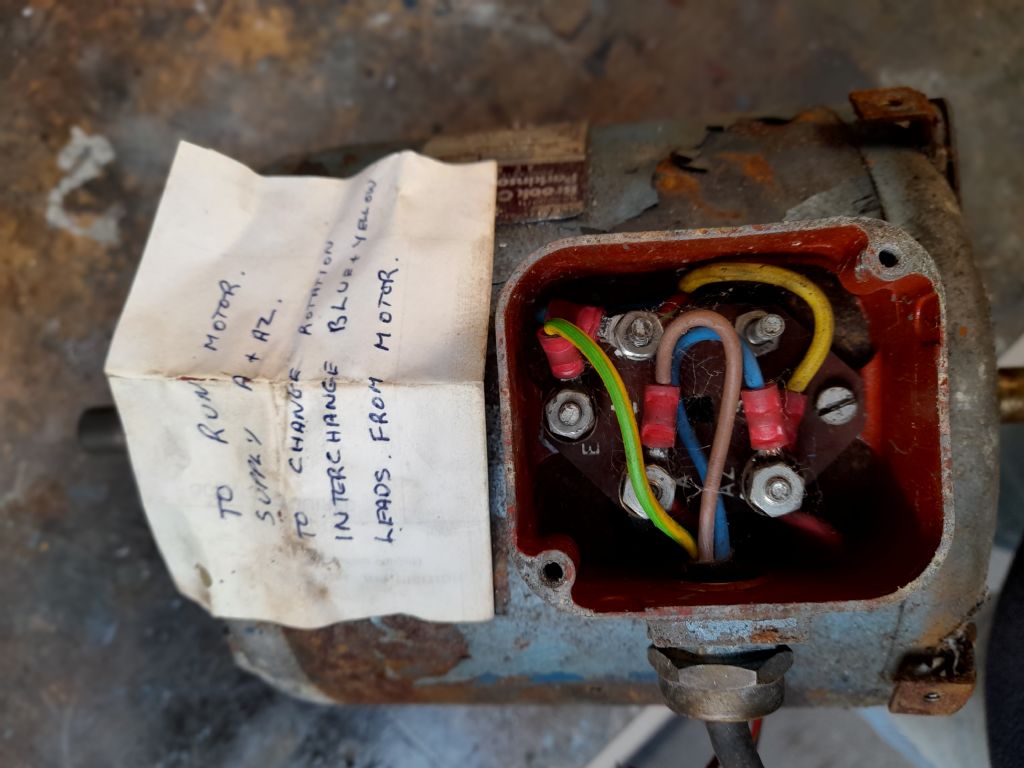
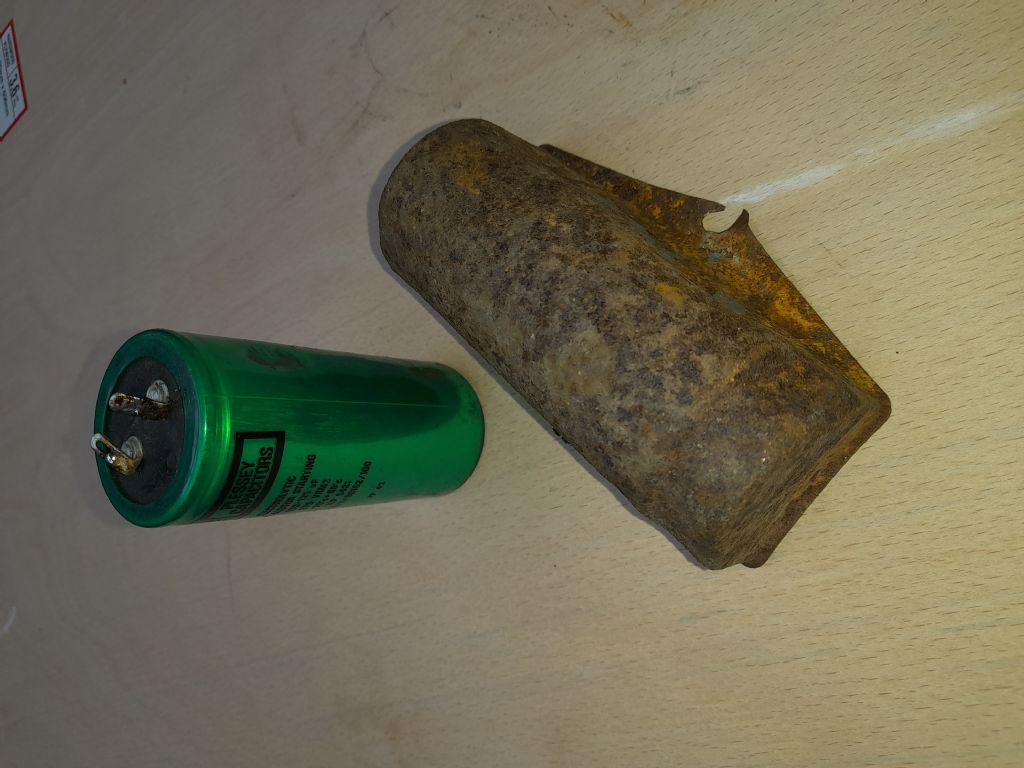
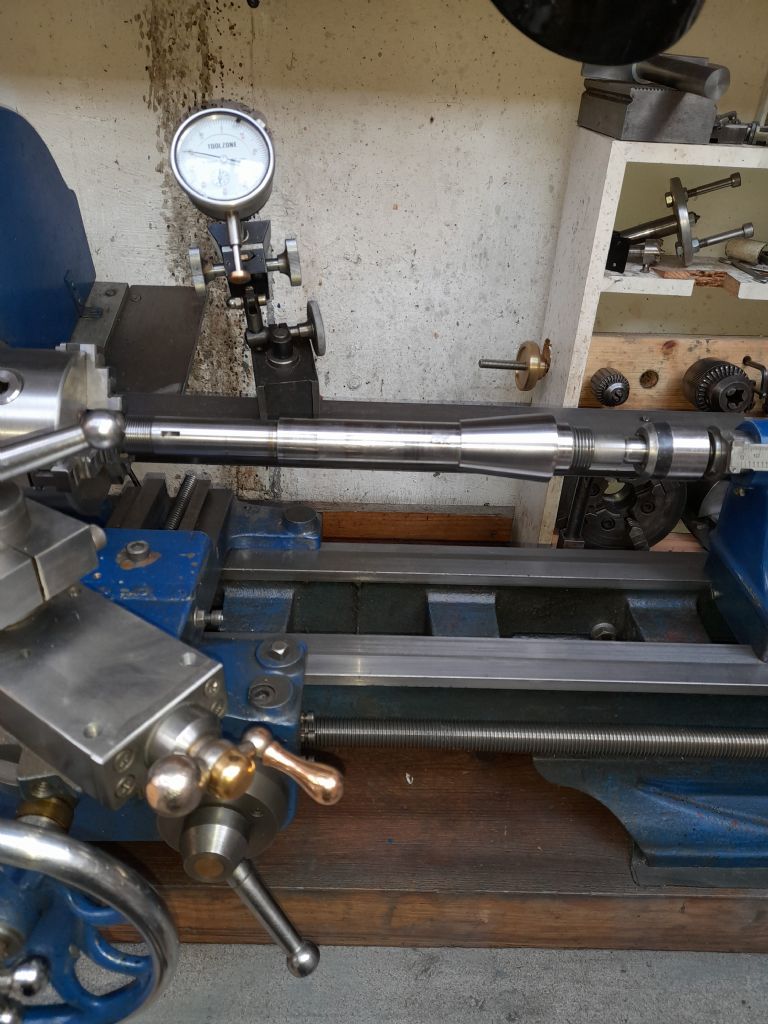
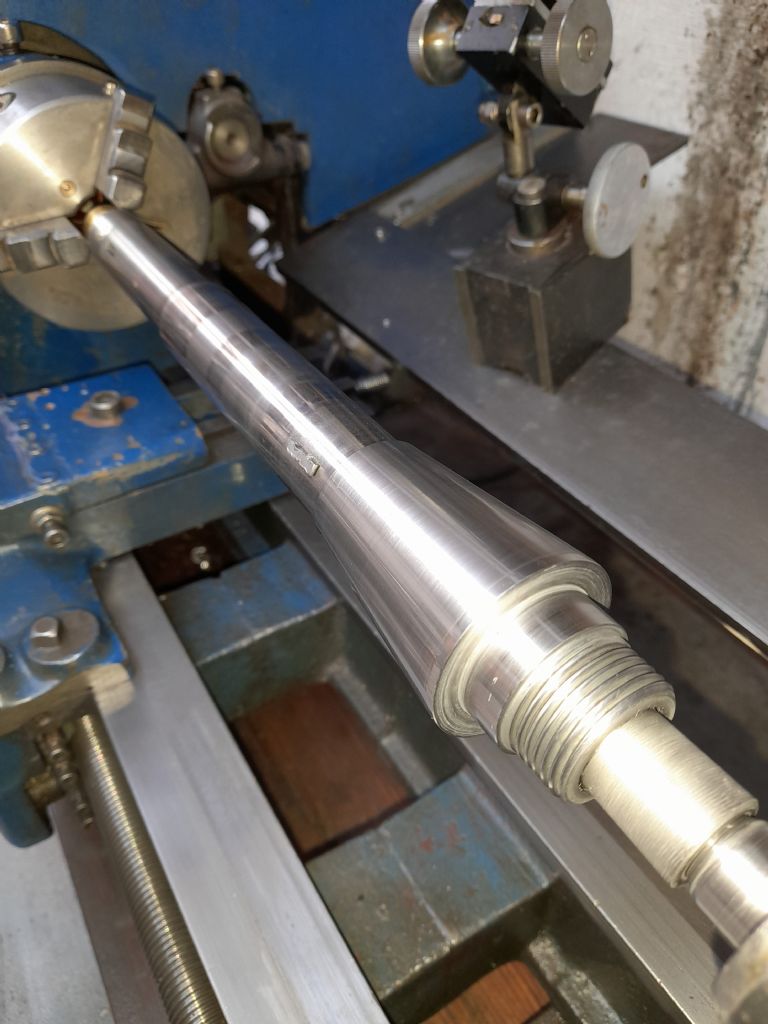
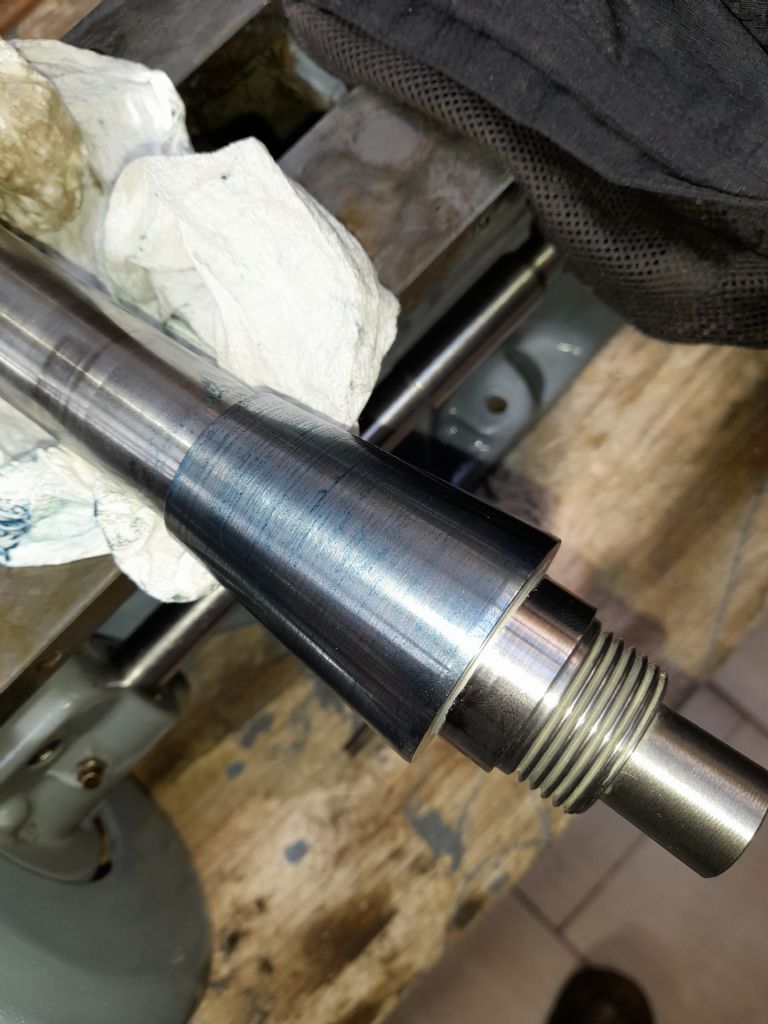
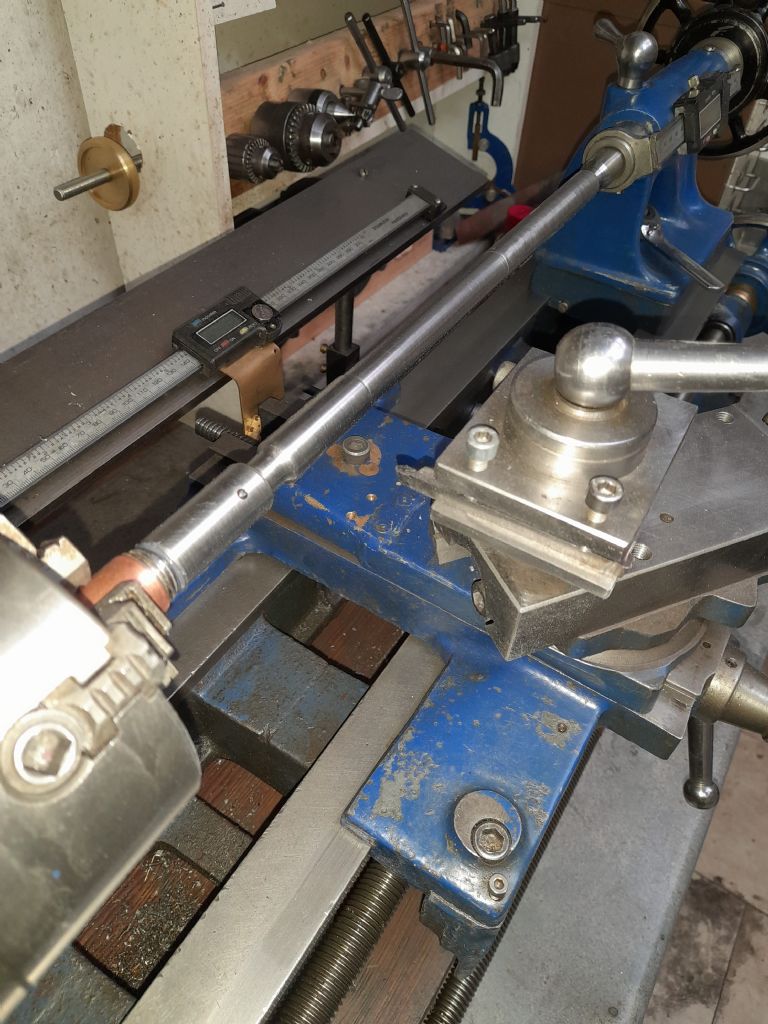

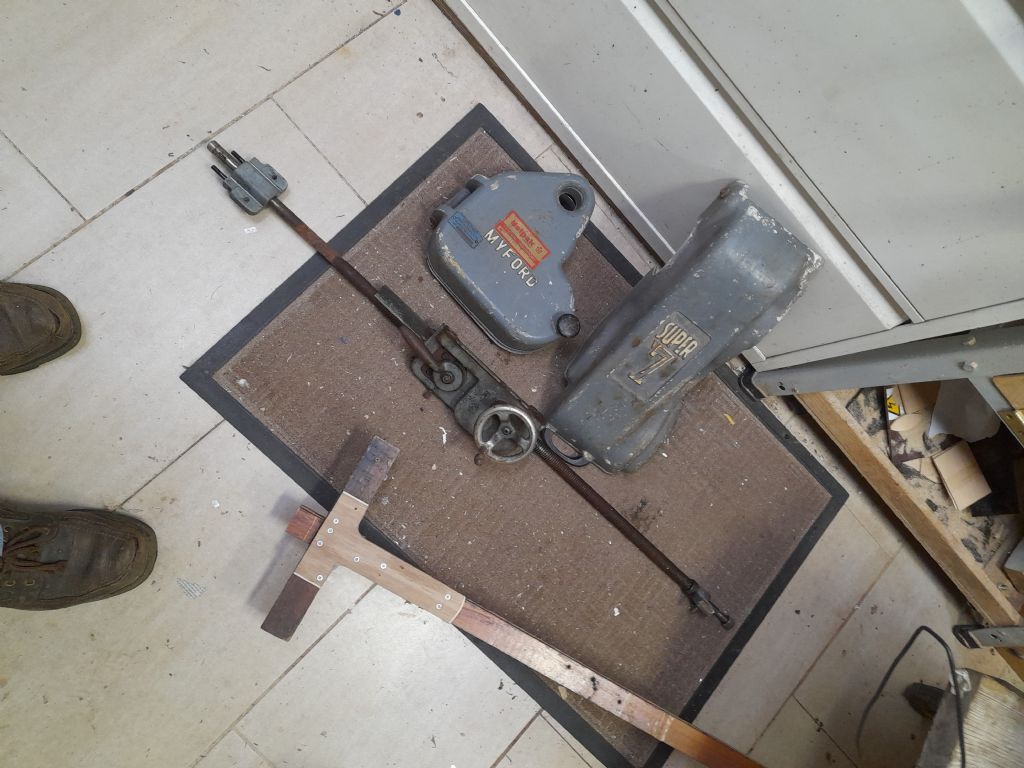
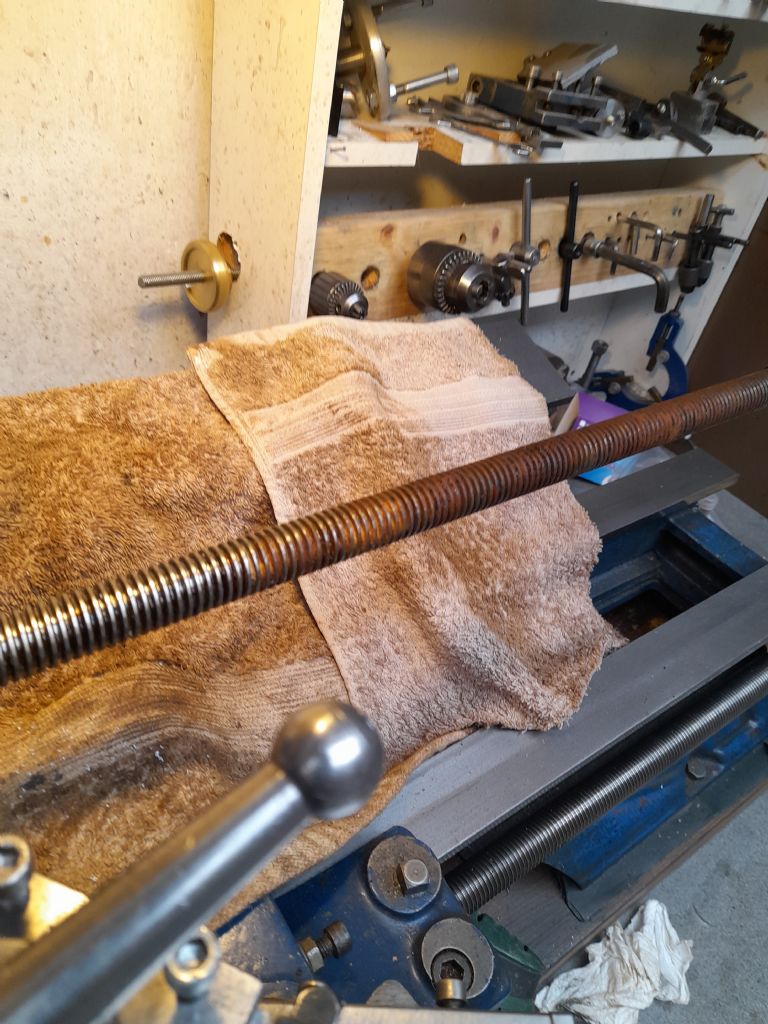
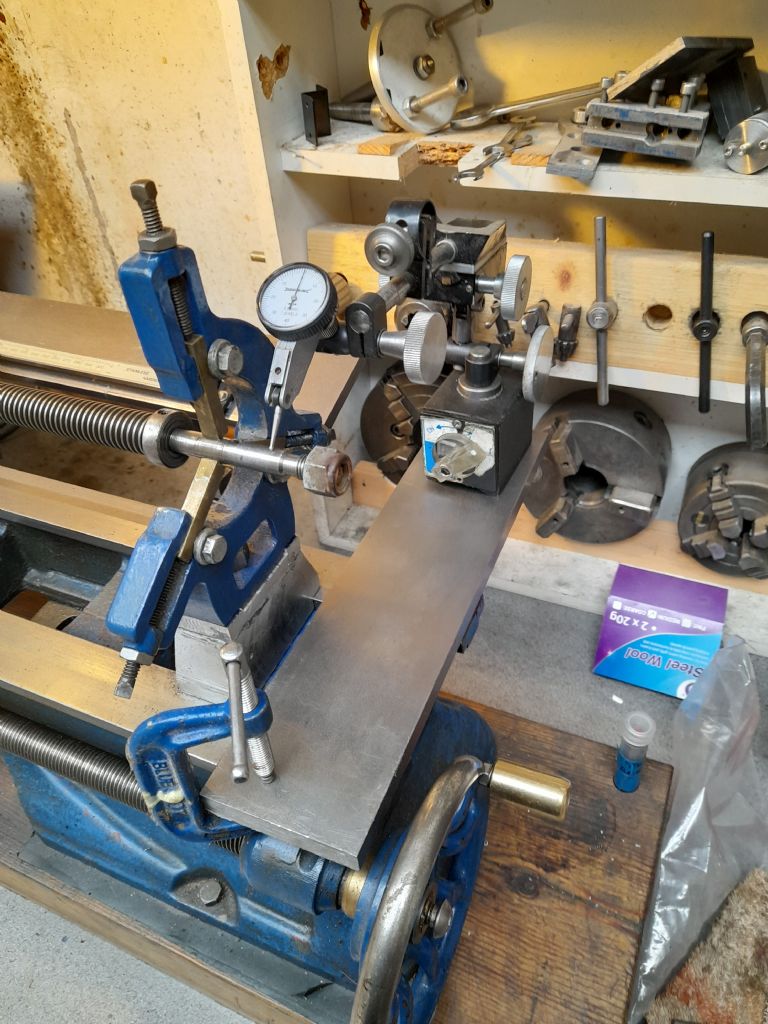


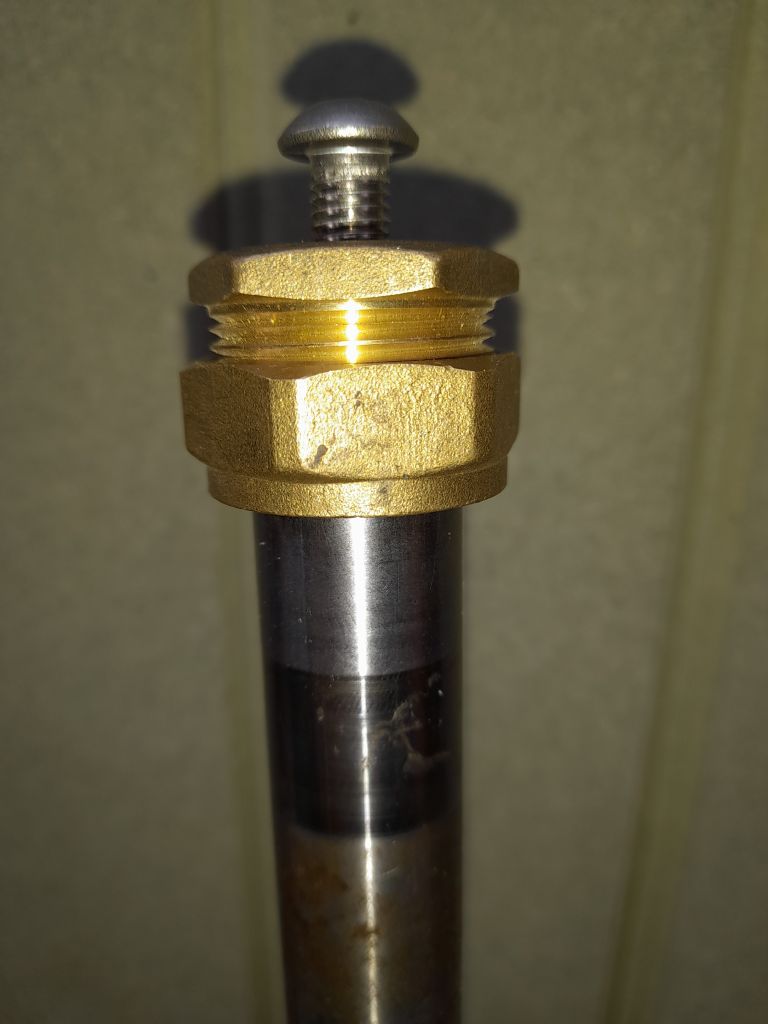 pp
pp

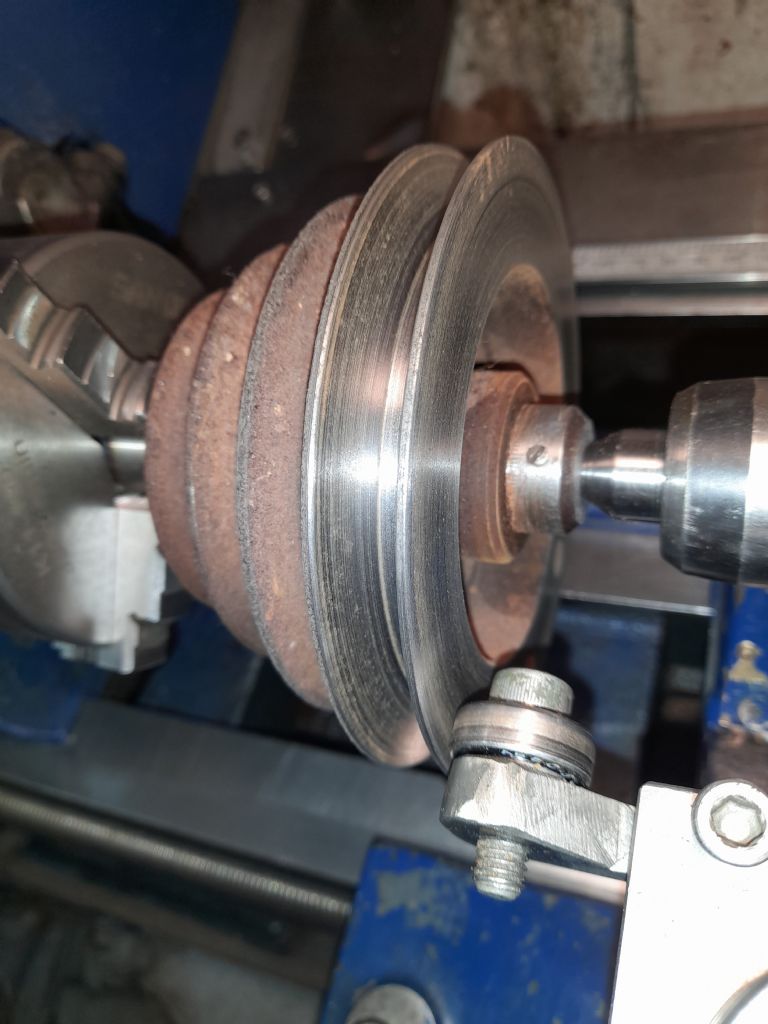
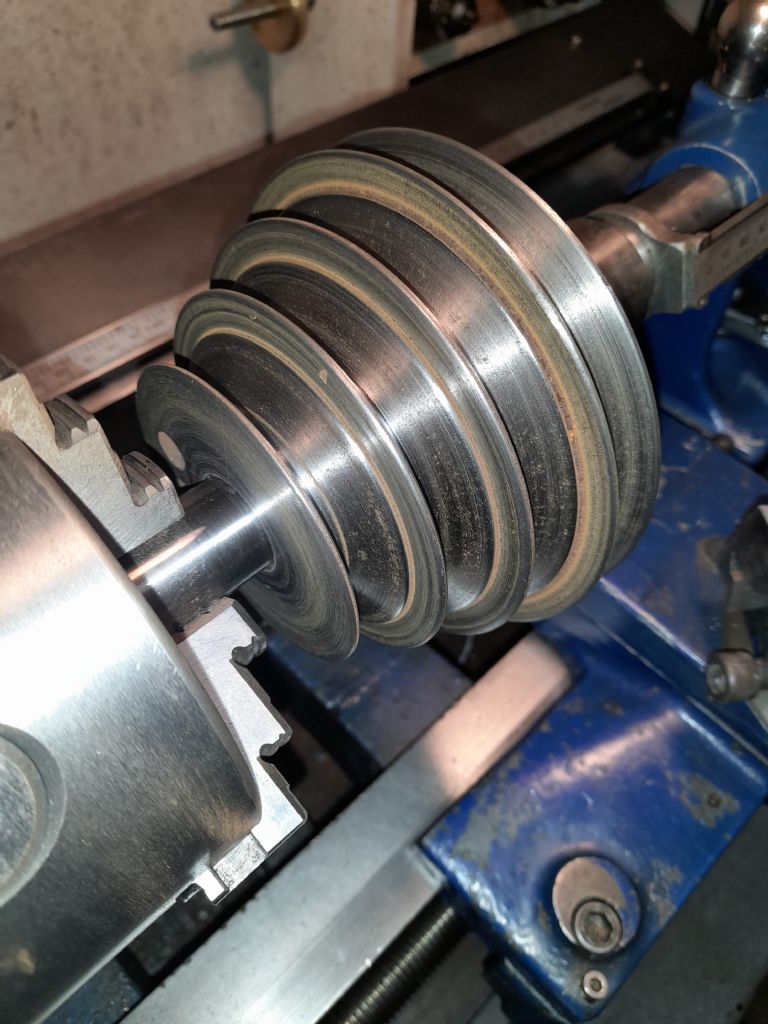
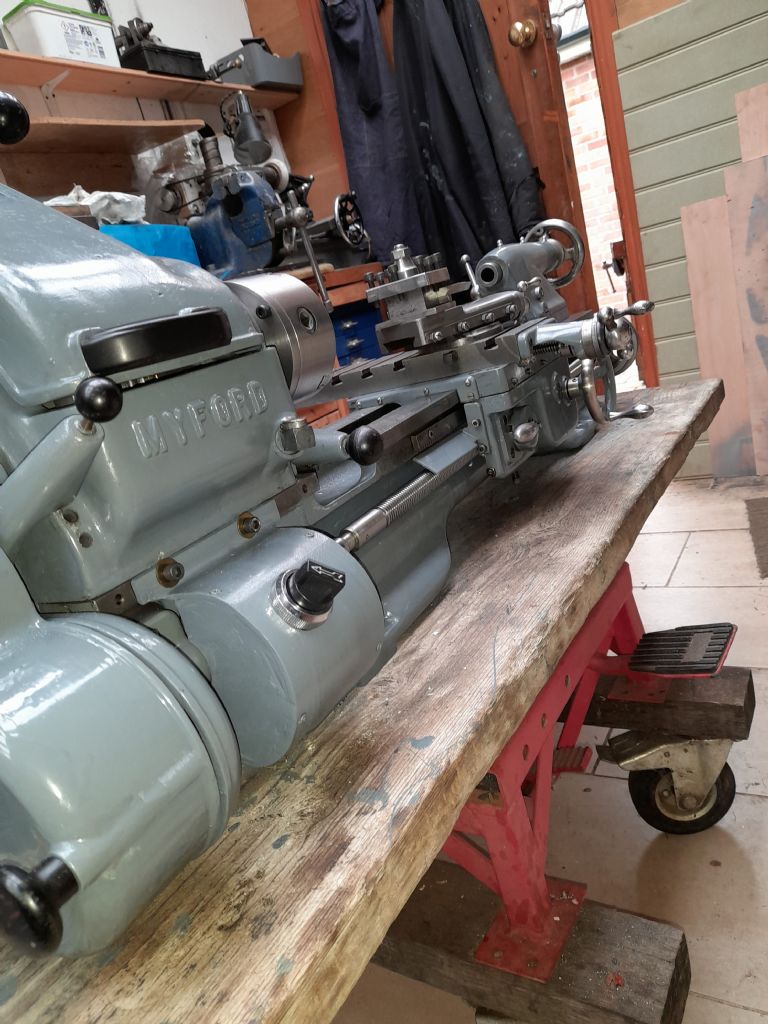
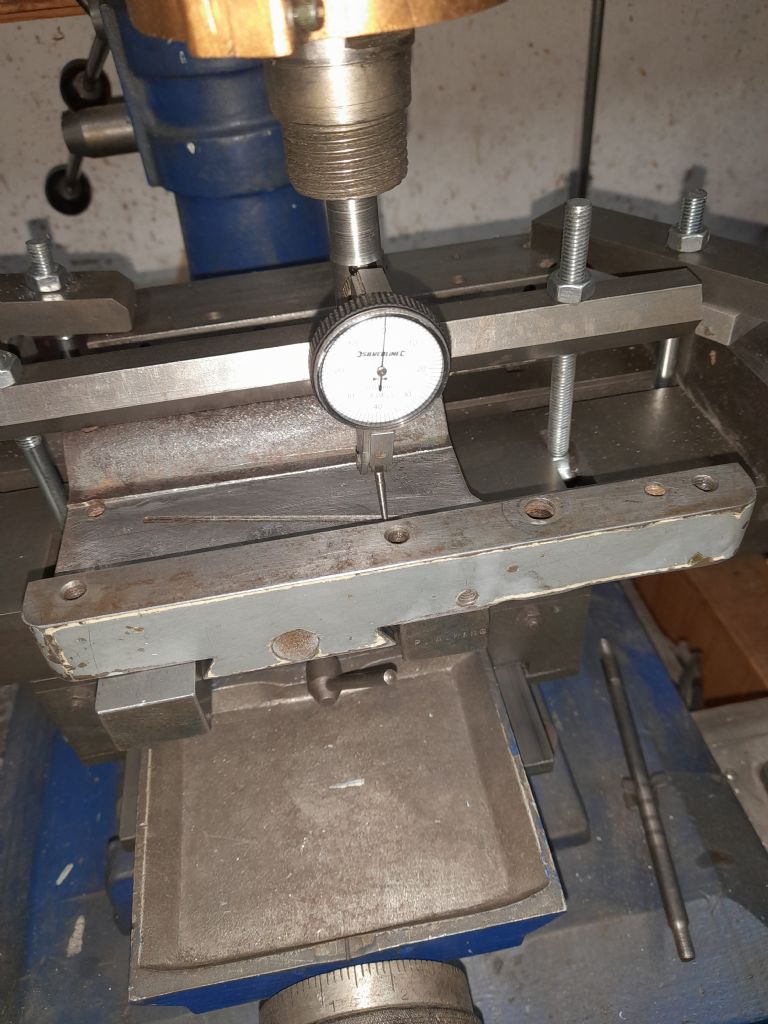

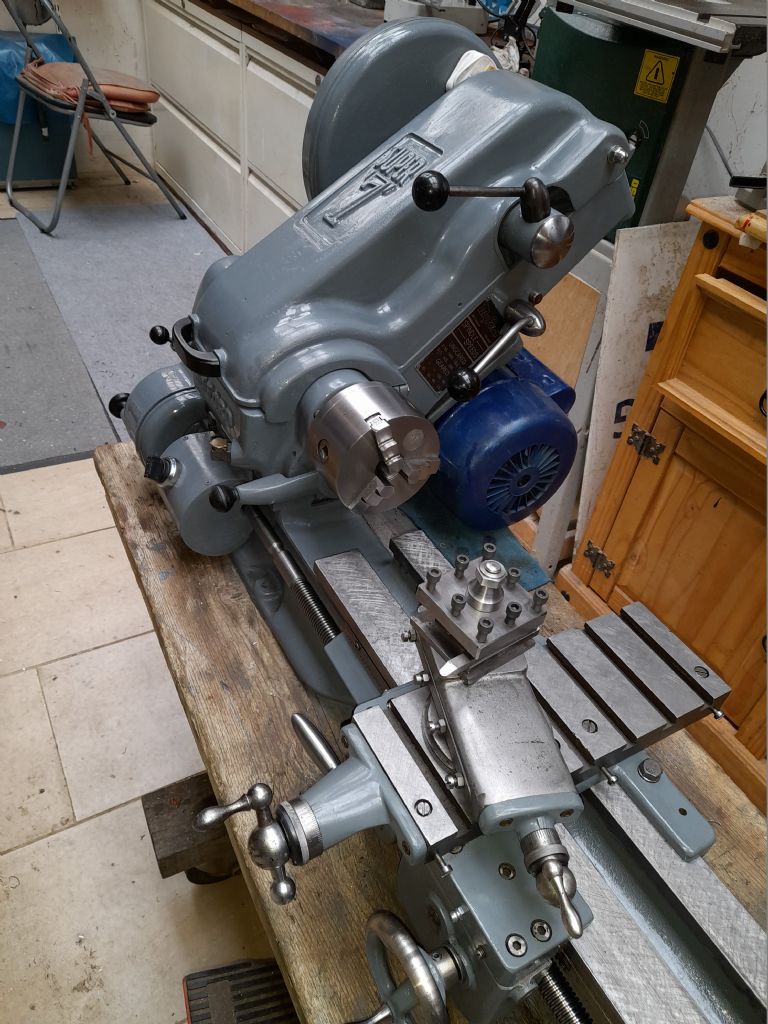
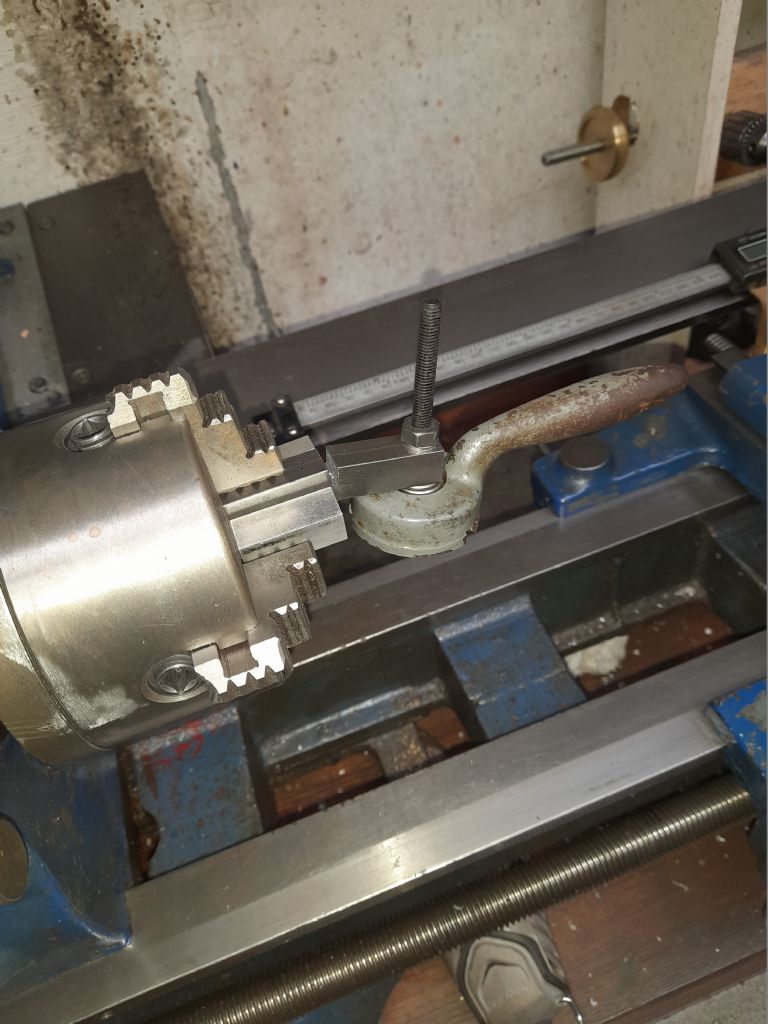

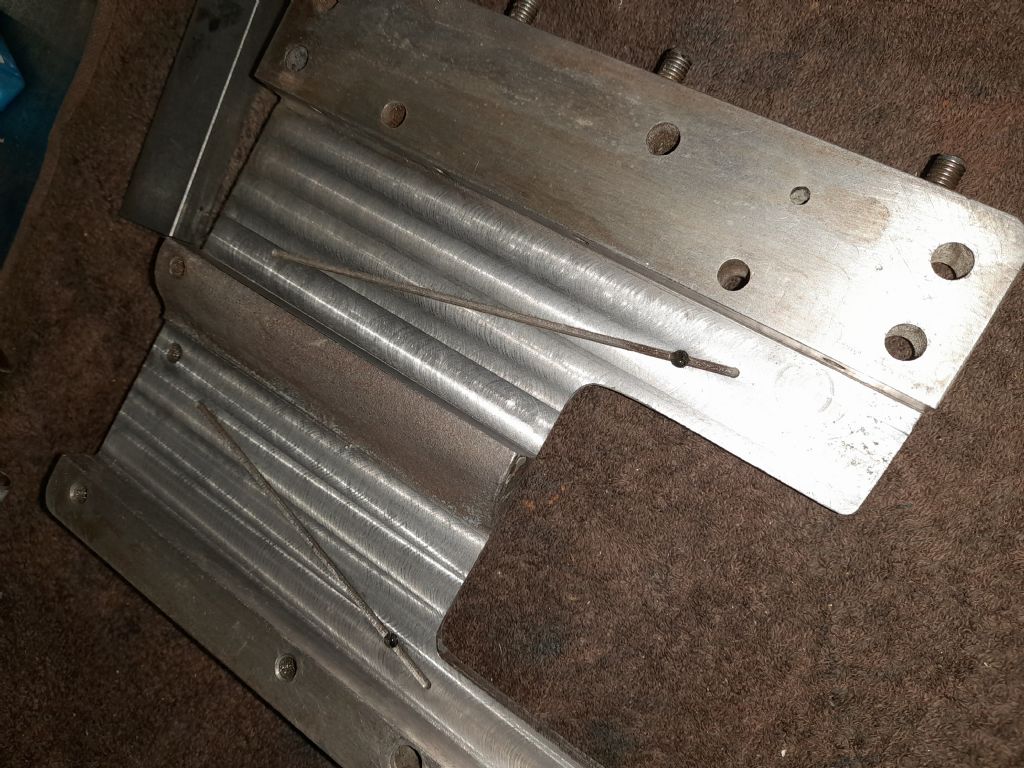

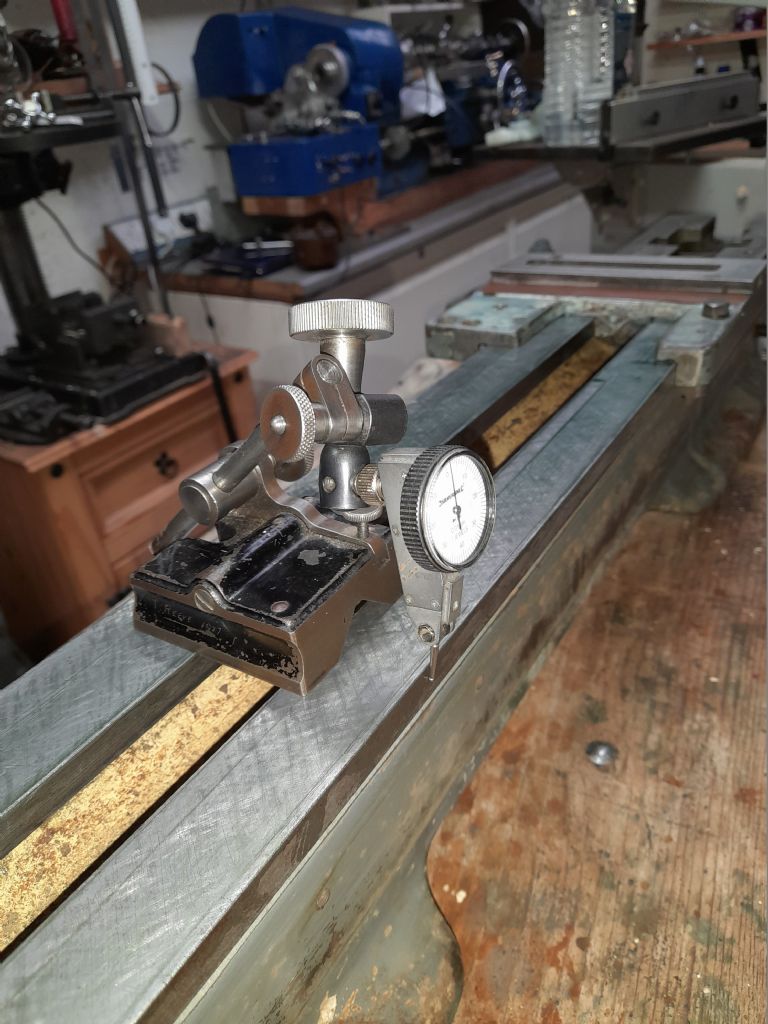









 Register
Register Log-in
Log-in


